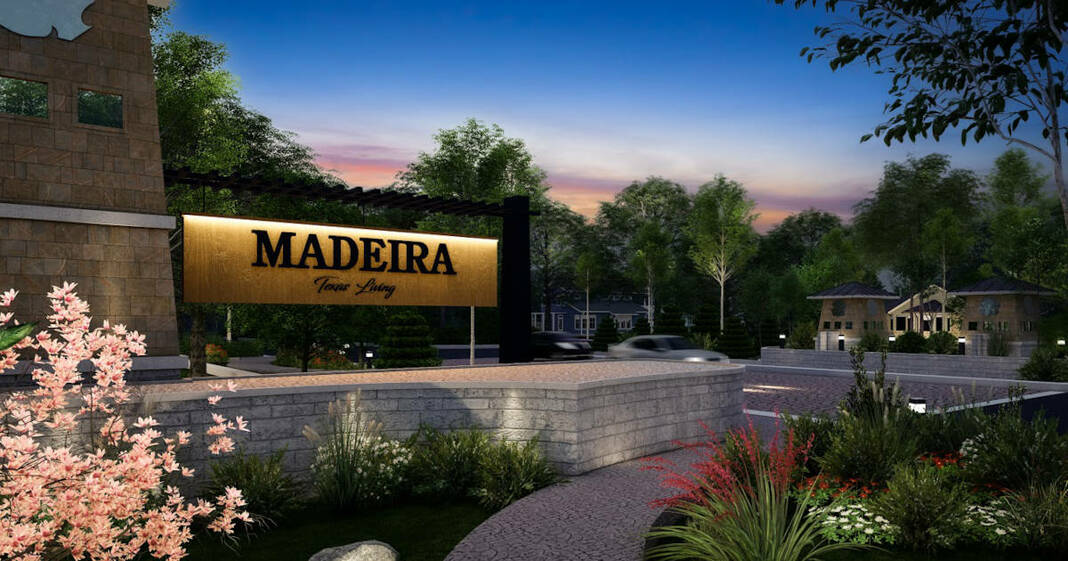
The developers behind the Madeira master-planned, mixed-use community project in north Brownsville are asking the city commission for more help in ensuring the project moves forward on an aggressive timetable.
The development on 1,330 acres east of I-69E and just north of the South Texas Academy for Medical Professions broke ground in February and is proceeding quickly, according to Bill Calderon, head of Calderon Economic Development Strategies, which is involved with the project.
Calderon spoke before the city commission on June 7, requesting that commissioners consider approving at a subsequent meeting creation of a Public Improvement District (PID), which would apply to the residential section of the development and serve as a tool for providing a revenue stream for the maintenance of common areas such as green spaces, parks, lake, trails and improved resacas.
The purpose would be to make sure those amenities “stay beautiful and pristine,” he said. The PID revenue would come from assessments levied on residential properties within the district.
Calderon also requested that commissioners consider approving a Municipal Management District (MMD), which would which set up a revenue stream — from assessments levied on commercial properties — maintenance of open spaces in the commercial portion of Madeira. Envisioned for the commercial aspect are retail, a motel, entertainment space, medical facilities and flexible-use office space, while the overall project calls for more than 2,900 single-family homes priced between $200,000 and $450,000, Calderon said.
Public facilities in the development would include an amphitheater and municipal service facilities for police and fire that would be funded partially through revenues from the Tax Increment Reinvestment Zone the city created for the project in December 2020, something Madeira’s developers had sought for many years.
A TIRZ is a mechanism for reimbursing a developer for improvements to public infrastructure that are necessary as part of a development. The revenue generated comes from the incremental increase in property value as a project within the TIRZ is developed. In this case, some portion of that revenue would ultimately be pledged to service debt on the bonds issued to finance construction of the project rather than going to the developer, Calderon said.
“So they effectively can take that money and then just recapitalize and continue the development effort,” he said.
There are more than 150 TIRZ’s in Texas, including some in the Rio Grande Valley, and they have proven to be “incredibly useful” in getting projects built, Calderon said.
The first and second phase of Madeira includes roughly 277 residential lots and every one of them is already spoken for and under contract, he said.
“We do expect that everything will move quickly once they’re actually ready for development,” Calderon said.
The project’s developers are also asking the city to consent to creation of a local government corporation that would have the authority to issue tax-free municipal bonds at the appropriate time, which won’t be anytime soon, he said. Consent from the city is necessary for the developers to win approval for a LGC from the Texas Secretary of State, Calderon said.
Creating an MMD involves a “voluminous application” to the Texas Commission on Environmental Quality that must include the city’s consent, he said.
Together, the PID and MMD represent “two separate mechanisms that would address two separate universes of improvement” Calderon said.




